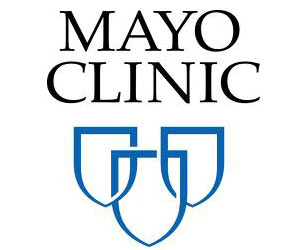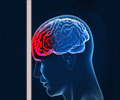To avoid the risk of further injury during the vulnerable period before the brain has recovered, athletes with concussions must be held out of practice until all symptoms have resolved.

Evidence on Rates, Risks, and Management of Concussions in Sport
"This statement is really a comprehensive guide to the current knowledge on concussion," commented lead author Dr Kimberly G. Harmon of University of Washington, Seattle. "It is critically important that sport concussions be evaluated and managed by medical professionals who are trained and familiar with sport concussion and aware of strengths and limitations of tests used to evaluate them."
The AMSSM position statement defines concussion as a "subset of mild traumatic brain injury…at the less severe end of the brain injury spectrum." The injury generally resolves completely with time. However, a growing body of research finds that concussion is followed by a period of increased vulnerability to repeat injury. Sustaining another concussion during this time has been linked to worse outcomes. In athletes and others with repeated concussions, irreversible damage may occur.
Up to 3.8 million sports-related concussions occur each year in the United States, half of which may go unreported. Risk is higher in certain sports and positions, in youth athletes, and in athletes with previous concussions. In sports with similar rules, female athletes may be at higher risk than males.
Prompt recognition is essential, and evaluation by a professional with appropriate training and experience is ideal. "Concussion remains a clinical diagnosis best made by a healthcare provider familiar with the athlete and knowledgeable in the recognition and evaluation of concussion," Dr Harmon and coauthors write.
Advertisement
The section on sideline evaluation specifies that any athlete with suspected concussion be removed from play and assessed by a health care professional trained in the evaluation and management of concussions. The AMSSM statement emphasizes, "There is no same day return to play for an athlete diagnosed with concussion."
Advertisement
The section on concussion management emphasizes the need for complete recovery: "The primary concern with early return to play is decreased reaction time leading to increased risk of repeat concussion or other injury and prolongation of symptoms." Symptoms should be completely resolved before the athlete resumes exercise or practice. Return to play should be gradual, with step-wise increases in physical demands, sport-specific activities, and risk of contact.
"Modification and enforcement of the rules and fair play" may help in preventing concussions. There's no evidence that equipment, including helmets or mouth guards, reduces concussion risk. The statement emphasizes the role of education: "Greater efforts are needed to educate involved parties including athletes, parents, coaches, officials, school administrators, and healthcare providers to improve concussion recognition, management, and prevention."
"We don't want to over diagnose concussion or withhold athletes from all of the many positive aspects of sport, but at the same time it is important that athletes not play with symptoms of concussion," Dr Harmon added. " We need to continue to research and better understand concussion, prevention and safe participation in sport."
Source-Eurekalert










